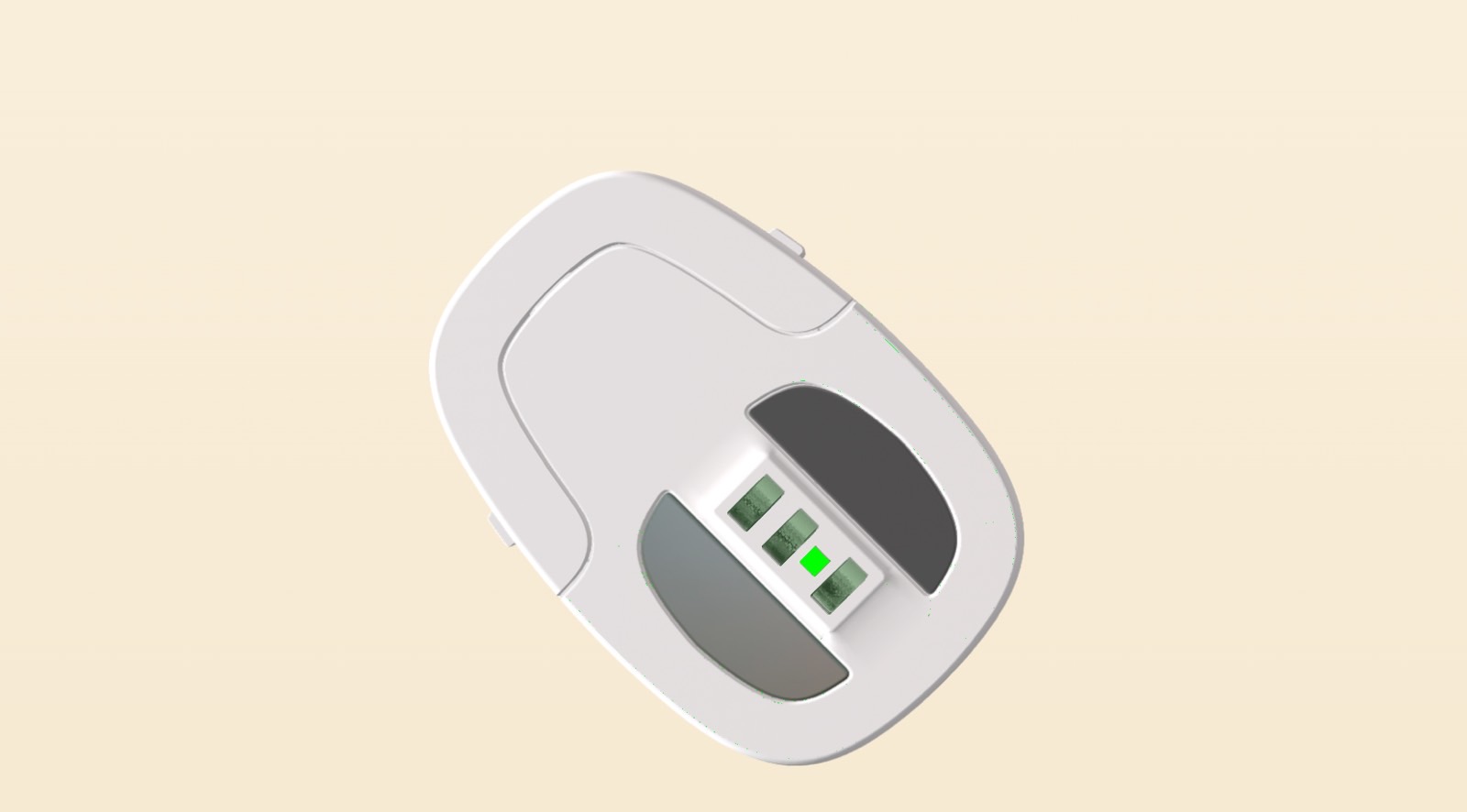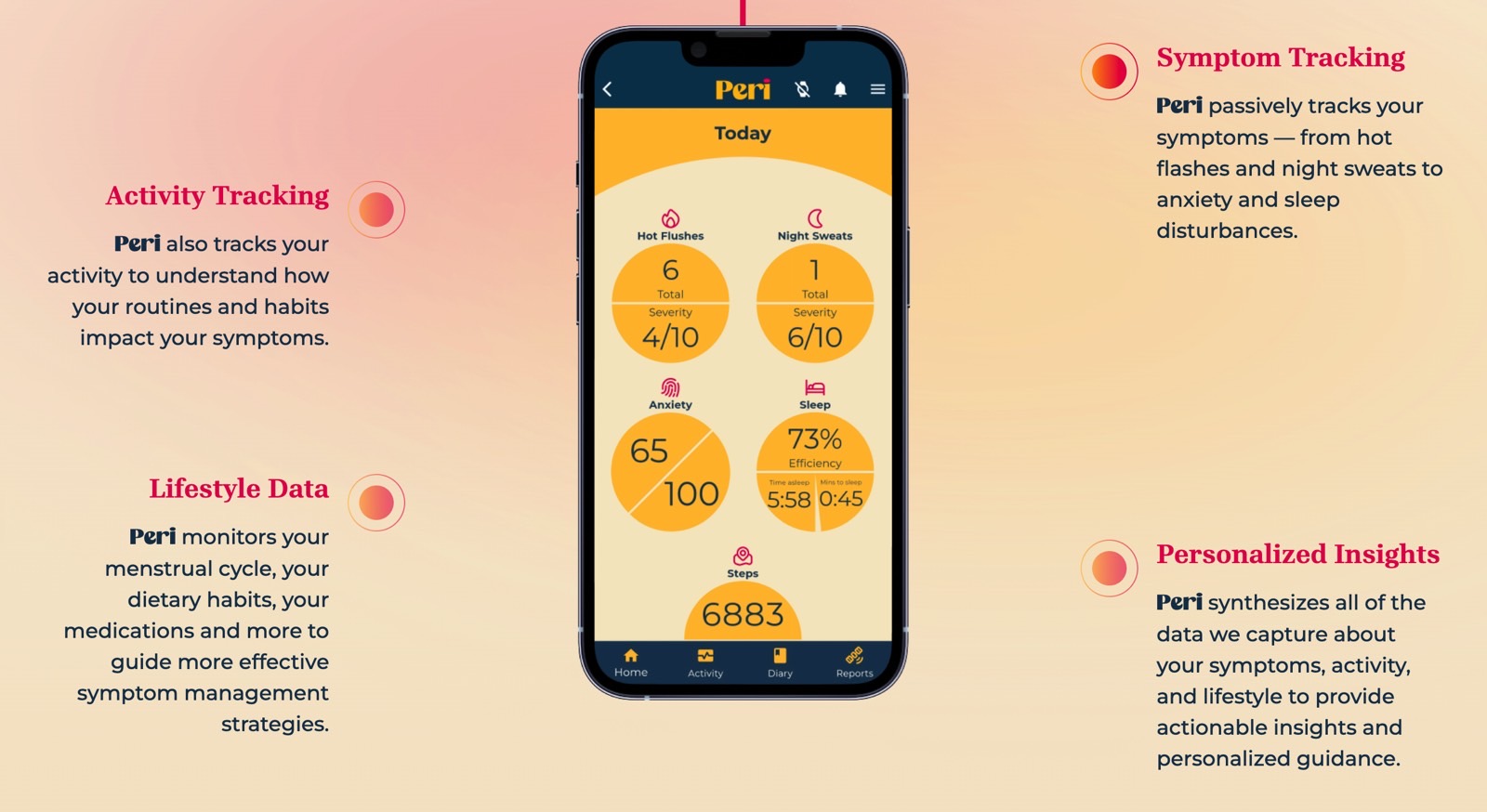I’m a longtime Apple Watch user who will probably never stop wearing Apple’s wearables, and health is my driving force. I want a smartwatch to track my health parameters while I am resting and on the move, and I care little about any other features it might offer. I’m also interested in smart rings, and it won’t be long until I add one to my health-tracking habits.
I’m also a man who is quite happy with what devices like the Apple Watch can do for me health-wise. The more advanced features I want from wearables, like blood sugar tracking and blood pressure sensing, will be coming soon.
But I’m aware that women can’t be entirely happy with what wearables can do for them regarding reproductive health. Yes, some devices like the Apple Watch can offer period tracking and fertility windows. However, they don’t cover other aspects of reproductive health, including menopause and the key perimenopause window that precedes it.
That’s where Peri comes in, from startup identifyHer. It’s a new wearable for women that’s supposed to go on your torso. Once in place, it should help you track perimenopause symptoms more accurately and objectively. In turn, the extra information might help women going through perimenopause understand their symptoms and manage this period.
Perimenopause can last between months and years before menopause. It can start in the late 30s or a few years later. The term refers to the transition period between the period in a woman’s life when the ovaries work as intended and menopause, when they stop. The ovaries will start losing their function during perimenopause. This will impact the production of key hormones like estrogen and progesterone, leading to all sorts of symptoms.
Women can experience anxiety, sleep issues, hot flashes, brain fog, and other symptoms during perimenopause. These can affect their overall well-being and impact all aspects of life, whether personal time, relationships, or work.

Peri, which won a CES innovation award this year, is described as “a first-of-its-kind wearable device that accurately detects and tracks perimenopause symptoms, providing women with objective data, personalized, actionable insights and encouragement to empower women to confidently navigate this new phase of their lives.”
That sounds great in theory, not just for women looking to manage this transition period better but also for health professionals assisting patients with their perimenopause symptoms.
In practice, we have no way of knowing whether it works or how well it can objectively track symptoms.
As The Verge points out, Peri cofounder Heidi Davis said the company would keep the specific sensors confidential until preorders start. Peri should go on sale this summer for an undisclosed price. But the sensors aren’t new or proprietary.
“Our breakthrough lies in the digital fingerprints we have identified through three years of R&D, collecting sensor data from women experiencing perimenopause,” Davis said.
Those digital fingerprints were used for algorithms that let the tracker monitor certain symptoms during perimenopause, including hot flashes, night sweats, and anxiety. Peri will work with a smartphone app to collect and display information.

The company explained that the Peri should be worn on the torso because the wrist is ill-suited for detecting those mysterious digital fingerprints. If accurate, it would explain why the Apple Watch and other smartwatches might be unable to track perimenopause symptoms.
From a user experience standpoint, the pill-shaped Peri device doesn’t seem that friendly. I wouldn’t want to wear it on my torso, especially during specific phases of the day. I’d be surprised if it stays on without bothering the wearer during sleep.
Also, the Peri wearable comes with replaceable batteries, which explains the rather bulky design.
Then again, the Peri gadget and overall initiative are laudable. Perimenopause deserves more attention from wearable makers, and the Peri might get the ball rolling. All we need to do is wait and see if it does the job the company says or whether it’s just another exciting CES innovation that can’t deliver.
You can read more about Peri at this link, where you can join a waiting list for the wearable. Also, check out this detailed report on perimenopause.








